|
Wildflowers are members of an active, dynamic natural system. Each interacts with other flora and fauna, contributing to the health of the system as a whole. Humans have also benefited from ancient and continuing associations with wildflowers; for instance, mayapple contains a chemical that is used in the treatment of skin cancer. The C&O Canal boasts over 600 species of wildflowers, some of which are listed as threatened or endangered within the state of Maryland. You help protect one of the Park's greatest assets - its natural heritage - simply by showing appreciation and respect for all that lives here. We encourage you to take home a greater understanding of the park and fond memories. Plants need their flowers to reproduce, so please don't pick them; allow others the same opportunity to enjoy these small beauties. The C&O Canal Association has published a guide to flowers along the canal. Native Spring Wildflowers 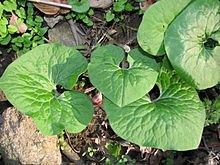
NPS Photo Wild Ginger These flowers are pollinated by small black flies and the seeds dispersed mainly by ants. The plant provides food for the larvae of pipe-vine swallowtails. 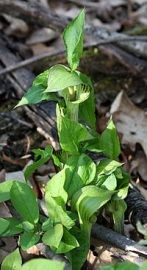
NPS Photo Jack-in-the-Pulpit 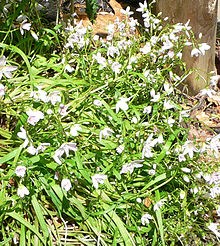
NPS Photo Spring Beauty 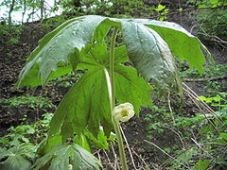
NPS Photo Mayapple 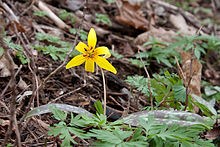
NPS Photo Trout Lily 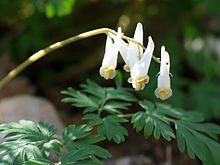
NPS Photo Dutchman's Breeches 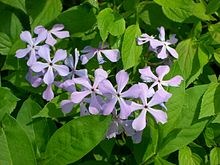
NPS Photo Blue Phlox Native Americans made tea with phlox leaves. It was consumed for stomach discomforts. 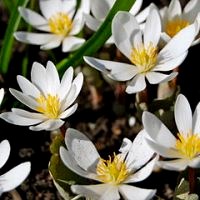
NPS Photo Bloodroot 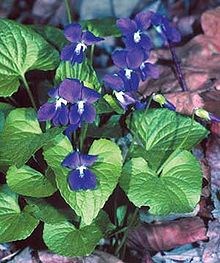
NPS Photo Violets |
Last updated: December 15, 2020
